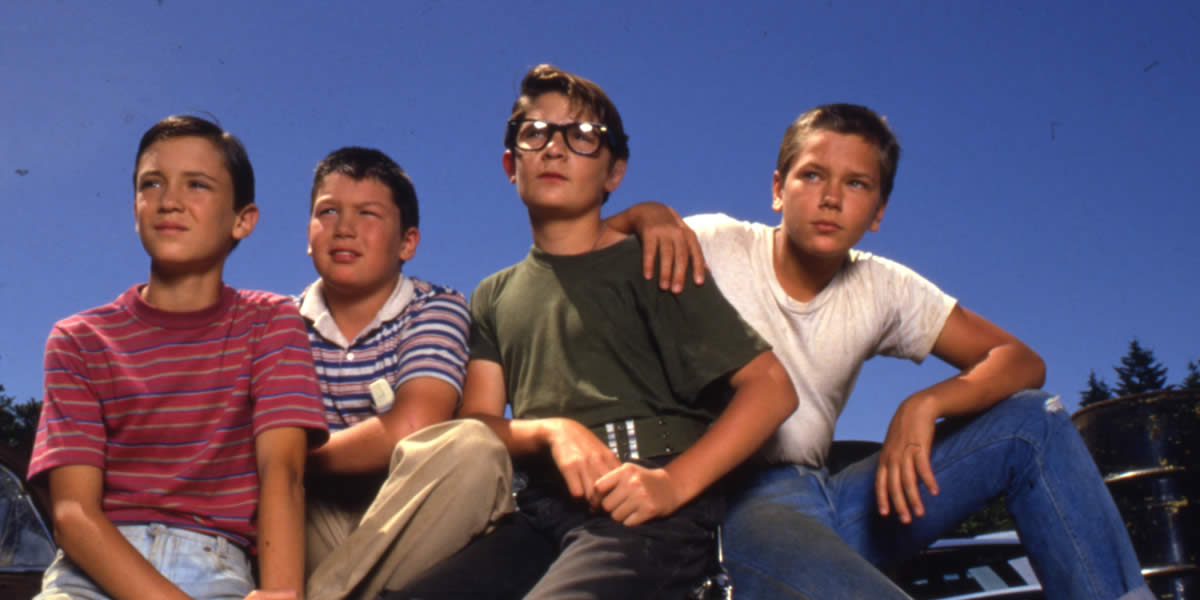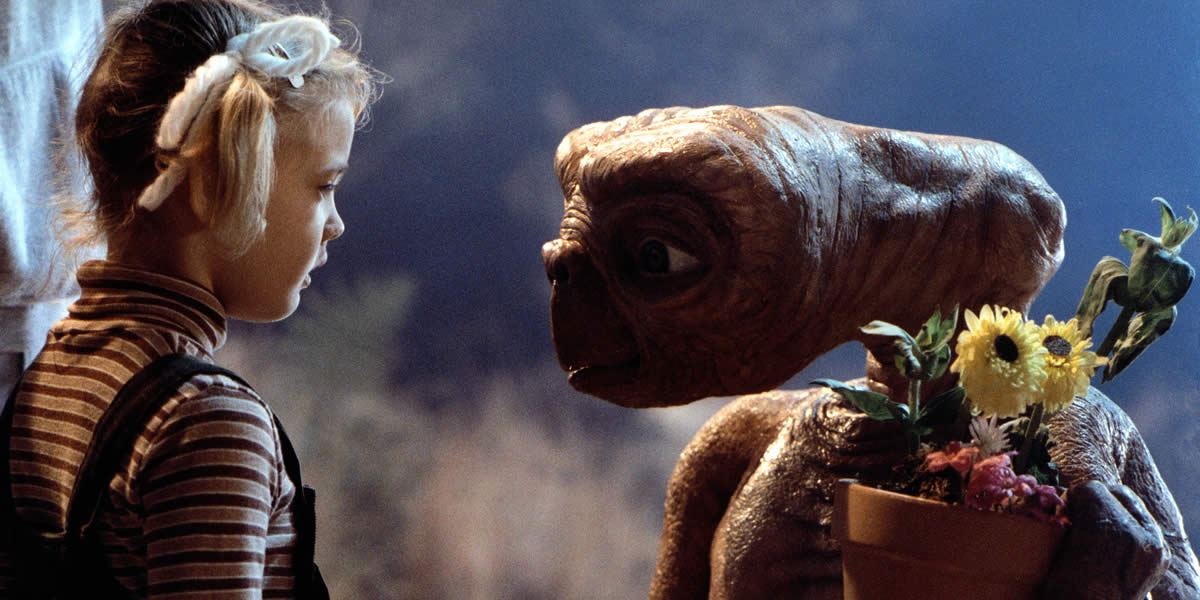When it comes to 80’s video game, Pac-Man is considered by many to be the most iconic game and brand in the industry. Even today, Pac-Man’s legacy continues.
The 1980s was full of transformation in technology, entertainment, as well as pop culture. There were countless innovations during the decade that changed the world as we know it. However, none were as influential as the 80’s video game Pac-Man. Not only did it dominate the arcades, but also became a global cultural phenomenon. The game itself was released back in 1980, and helped to define the decade by influencing fashion, entertainment, and even advertising. Today, Pac-Man remains as an enduring symbol of what the 80s represents.
Pac-Man and the 80’s Video Game Boom
Although video games had been around for several decades leading up to the 1980s, it wasn’t until the start of the 80s that the video game industry began to flourish. The previous decade had to deal with an oil crisis, which affected most households’ disposable income. The beginning of the 80s saw an end to the crisis, enabling families to spend more on personal home entertainment. As a result, 80’s video game became increasingly popular and more accessible.
It was during this period of time where bright colors and simplicity attracted people of all ages. And no other video game of the time truly inspired the generation quite like Pac-Man. Most of the other games of the era focused on space themes, and required the player to move back and forth on a single plane, in order to shoot alien invaders. But Pac-Man change the way we look at 80’s video game, because it allowed a player to roam freely within the confines of the maze in order to beat the level. This struck a chord with people of all ages, making it the first truly inclusive videogame of the 80s.
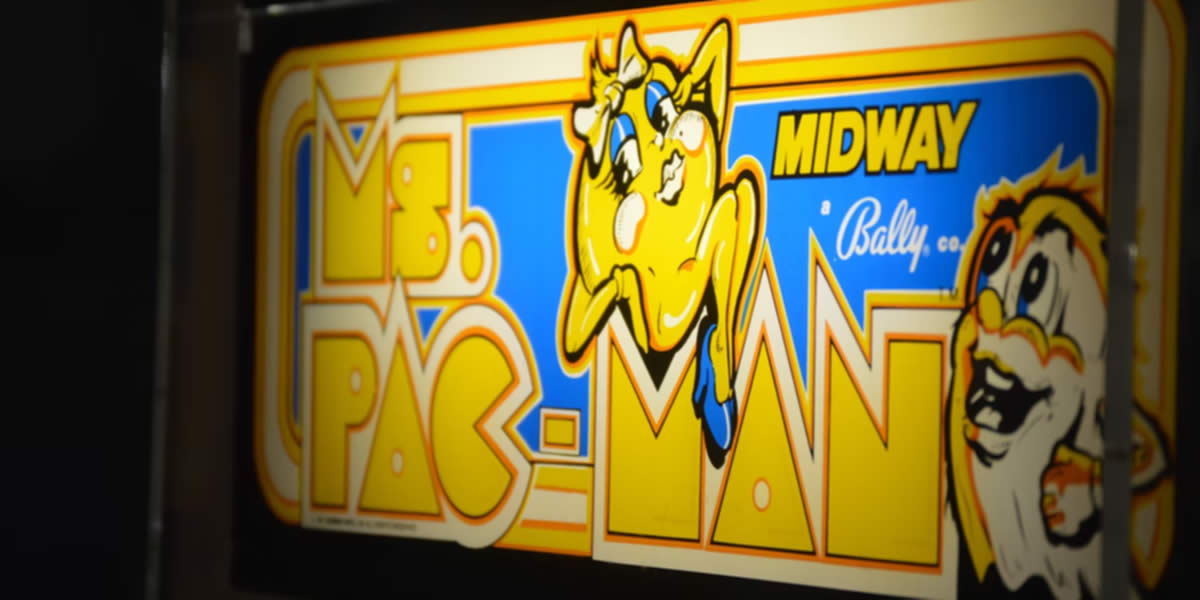
Pac-Man – From the Arcade to 80’s Game Consoles
It’s important to remember that the 80s was not just about video game systems, it was also about the “quarter monsters” as they were commonly referred to. Arcades were all the rage throughout the 80s and even into the 90s, and kids from all over the country spent hundreds of dollars every single week in their local video arcade.
The Dominance of Pac-Man
You could find Pac-Man just about anywhere. There were the traditional Pac-Man machines that could be found in virtually every single arcade across the country. You could also find tabletop versions at local bars and bowling alleys. No matter where you look, a Pac-Man game was not far away.
The game itself was easy to understand and highly addictive, which helped to garner its success. In no time, Pac-Man became the cornerstone of the arcade boom. Regardless of whether you were at a bowling alley, the bar, or even Chucky E. Cheese, the game itself was simply approachable and offered just enough challenge to keep even seasoned players hooked.
By 1982, Pac-Man became the highest-grossing arcade game of all time. In fact, it had generated more than $1 billion in revenue by the end of the year. This popularity was also fueled by the release of Miss Pac-Man in 1981, a sequel to the original that introduced new mazes and an improvement in the gameplay mechanics. Between the 2 titles, you could find Pac-Man machines everywhere.
The Rise of 80’s Video Game Tees and Merchandise
Of course, another major trend of the early 1980s, were graphic tees. Up until the 80s, casual T-shirts were plain and lacked any form of graphical printing. And as the graphic tees industry boomed, Pac-Man was there to take advantage of the merchandising aspect. Soon, it wasn’t just the video arcades, bowling alleys, and bars where you could find Pac-Man machines, you found T-shirts and lunchboxes everywhere. There is even a Saturday morning cartoon series. Pac-Man wasn’t just a videogame, it was a full-fledged multimedia brand. And it set the stage for future franchises like Pokémon and Super Mario.
Simply put, Pac-Man became an icon of the 80s. He appeared in advertisements and branding deals beyond the gaming industry. His distinctive bright yellow circular face made him instantly recognizable around the globe. The visual branding of Pac-Man contributed to the game’s widespread success and allowed it to penetrate mainstream culture in a way that no other 80’s video game had done before.
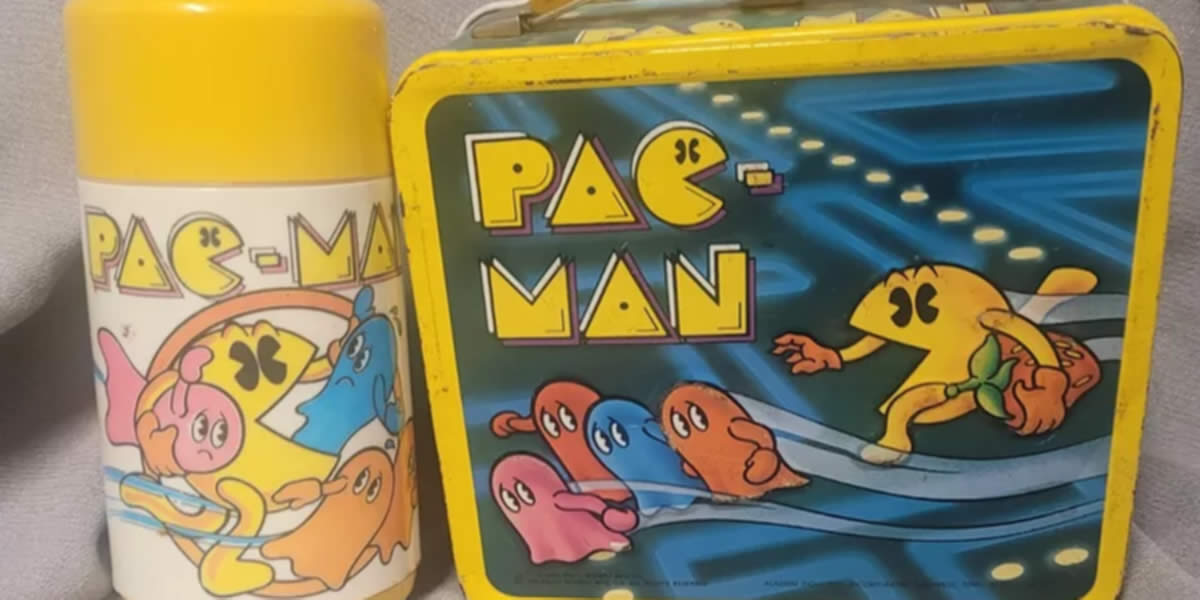
Non-Violent 80’s Video Game
It’s important to remember that at the time most videogames were violent. The two most popular games of the era were Space Invaders and Asteroids. Both of these were space shooter games, that were violent in nature. But Pac-Man introduced the world to nonviolent maze chase formats which were more appealing to a broader demographic. There was a level of strategy to playing the game, that was innovative at the time. The ghosts, seem to wander around as if they were artificially intelligent.
The gameplay itself was character-driven, and it set a precedent for the design of the character itself. It also led the way for future artificially intelligent game designs. The creators of Pac-Man showed that games could offer more than just a reflex to base challenge, as they could provide players with a storyline and strategic gameplay that had not existed previously.
The Creators of Pac-Man
Pac-Man was developed in Japan by Namco, and the individual that was behind its creation was Toru Iwatani. He had a vision for the game, and he wanted to create something that would appeal to a wider audience, and offer a completely unique gameplay from the popular war-themed games of the time. In fact, it is said that he was inspired by a pizza that was missing a single slice. Through this inspiration, Toru developed Pac-Man as a way to invoke fun, joy, and inclusivity.
In the end, his creation became one of the most iconic figures in the videogame industry. Today he has even celebrated as a pioneer in the gaming world, as his work on Pac-Man laid the groundwork for future character-driven games. His passion for designing the most iconic game of the 80s changed an entire generation.
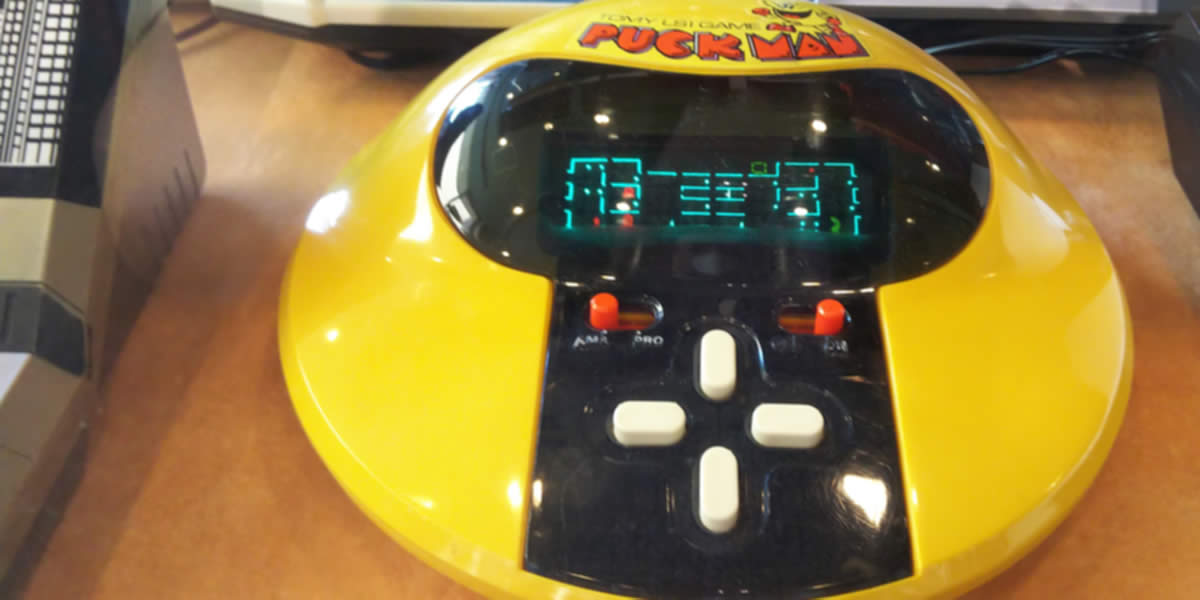
The Enduring Legacy of Pac-Man
Thanks to the sheer amount of merchandising and advertising, Pac-Man became an instant 1980s pop culture icon. You couldn’t go anywhere in the early 80s without seeing some form of Pac-Man merchandise. From schools to bars, this bright yellow character was everywhere. And it wasn’t just about playing 80’s video game, Pac-Man inspired music, he inspired art, and he even inspired the creation of 80s sling. The term Pac-Man Fever is commonly used to explain just how deeply rooted Pac-Man was to 80s pop culture.
Today, Pac-Man’s legacy is still felt in the gaming industry. Over the years there have been many different versions of Pac-Man created on a wide variety of gaming systems. In Asia, you can still find arcades in the malls where kids continue to play Pac-Man just like they did more than 40 years ago.
Pac-Man fever has remained relevant over the past 4 decades thanks to the countless spinoffs, adaptations, and rereleases. Every few years a new Pac-Man cartoon is released, and memes can be found all across the Internet paying homage to the most influential pop culture icon of the decade.
Conclusion
Today, Pac-Man remains one of the most iconic symbols of the 80’s video game industry. He stands as a reminder of a period of time that saw the birth of video game systems, their death, and then their rebirth and boom. It’s impossible to truly understand video games today, without also talking about the role that Pac-Man played in creating the demand for home gaming systems that we see today.



